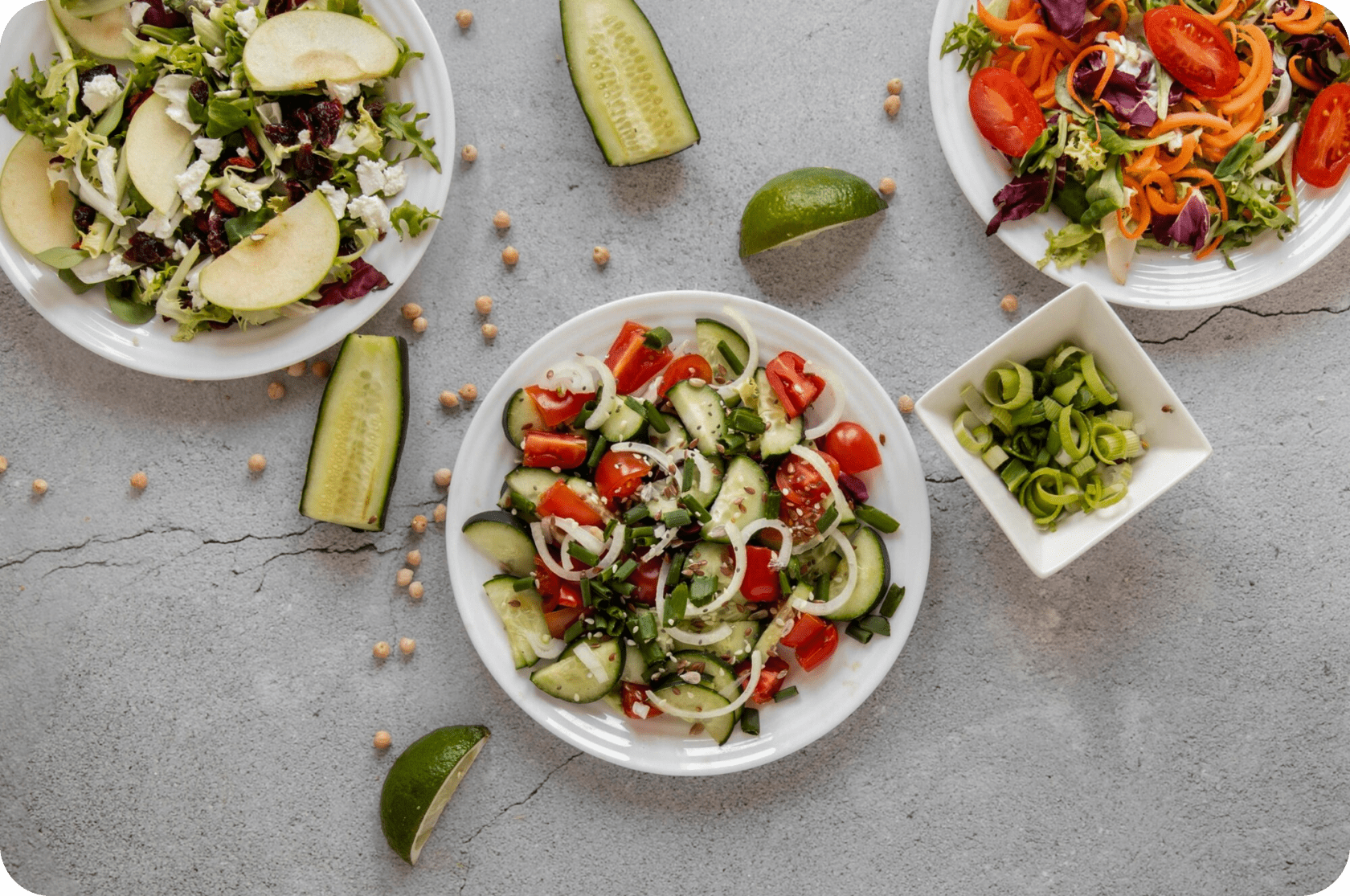There’s a special kind of pride that comes with finishing your first Ironman triathlon. You’ve put in the hours of workouts, nailed your triathlon training plan (or most of it), even trained during your summer vacation, and survived race day. But there’s also a special kind of pain that comes from watching your race fall apart because your stomach turned into a ticking time bomb, or the heat sucked the life out of you. Maybe you didn’t pay enough attention to your triathlon nutrition during race.
If you’ve been there: cramping, bloated, desperate for a bathroom, or walking when you know you should be running, you’re not alone. The mix of heat, hydration, and fueling is often what makes or breaks a first long-course triathlon. And honestly, it’s something even experienced endurance athletes still get wrong sometimes.
In this article, I won’t tell you about a perfect triathlon nutrition plan or a magic pre-race meal. It’s a helpful guide about how our bodies handle heat, hydration, and fuel under pressure. And how to avoid the rookie mistakes that can leave you crawling to the finish line.
Why Heat and Long-Distance Racing Don’t Mix Well
Heat changes the entire way your body works during endurance efforts. The higher the temperature, the harder your body fights to stay cool. And that comes at a cost.
When you race in the heat, your sweat rate goes up fast. Research shows that endurance athletes can lose between 1-2.5 liters of sweat per hour in hot conditions. That’s your body’s way of regulating temperature, but along with fluid, you’re also losing electrolytes like sodium, potassium, and magnesium. If you don’t replace both, your body starts running on empty. You risk dehydration, low blood sodium (hyponatremia), and muscle cramps.
And that’s just the hydration side. The heat also hits your gut hard. During a long race, your blood is already working overtime to deliver oxygen to your muscles. When it’s hot, even more of that blood gets redirected to your skin to help cool you down. That means less blood flow to your stomach and intestines. The result? Slower digestion, bloating, nausea, and that all-too-familiar gut rot that can turn your race into a sufferfest.
Heat and long-distance racing are a tough combo because they hit you from both sides: you sweat more, need more fluids and electrolytes, but your stomach becomes less capable of handling them.
That’s why having heat-smart hydration and nutrition during a long-distance triathlon is a survival skill. Let’s start with hydration first.
Triathlon Hydration Basics
There’s no one-size-fits-all hydration formula, but going into a half Ironman or a full Ironman distance race without a nutrition plan is asking for trouble. The amount of fluid you need depends on your body weight, sweat rate, race intensity, and the weather conditions.
On average, most triathletes lose about 0.8 to 1.5 liters of sweat per hour during racing. That means you’ll likely need 500–1000 ml of fluid per hour to stay in the safe zone. In hot conditions, you might need even more, though drinking more than your gut can handle can backfire.
But hydration during a triathlon race isn’t just about water. When you sweat, you’re losing sodium, potassium, and other electrolytes your body needs to function. If you only replace water, you risk diluting your blood sodium levels, a dangerous condition known as hyponatremia.
That’s why most sports drinks (like Gatorade Endurance or Maurten Drink Mix) are designed to give you both fluid and electrolytes in the right balance for endurance racing. If you find that your sodium needs are higher, consider adding salt, such as Himalayan sea salt or salt pills, to your drinks to further increase your sodium intake and help prevent dehydration and cramping.
And here’s the catch many first-timers miss: it’s not enough to drink what’s offered on course if you haven’t trained with it. Every sports drink has its own formula. Some are loaded with sugars, others with sodium, and your gut may or may not agree with it. That’s why it’s smart to check the race nutrition plan ahead of time and practice with the same drink in training.
Your gut needs as much training as your legs do. Nutrition and hydration are often called the fourth discipline of triathlon, and for a good reason.
The golden rule of endurance sports racing: never try anything new on race day. No new drinks, no new gels, no new magic pills. What works in training sessions is what gives you the best shot on race day.
Even then, be ready to adapt, but make sure your hydration plan is something your body knows how to handle when things get tough.
Calculating Your Calorie Needs for Race Day
So many athletes put in endless hours of training, only to see their triathlon performance suffer because they misjudge their calorie needs on race day. Underfueling can make or break your ability to finish strong, and in some cases, it can even lead to illness or a DNF. That’s why figuring out your unique calorie requirements, based on your training volume, the weather, and your own physiology, is worth the effort.
A good starting point for most endurance athletes is to aim for about 250–300 calories per hour during shorter events, and 200–250 calories per hour for longer events like an Ironman 70.3 or a full Ironman. But remember, these are just guidelines. The exact amount you need depends on your body mass, metabolism, and training load.
On race day, start eating early, about two to three hours before the start. For a morning meal, opt for a light, easy-to-digest breakfast like oatmeal, eggs, or a bagel with a little nut butter. Avoid heavy, greasy foods or anything that might upset your stomach. If you’re a fan of caffeine, a small cup of coffee or another caffeinated product can give you a mental lift, but don’t overdo it. Too much caffeine can make you nervous or upset your stomach.
During the race, continue to consume calories and fluids at regular intervals, every 20 to 30 minutes is a good rule of thumb. Complex carbohydrates like energy gels, bars, chews, and sports drinks are all popular choices for keeping your energy steady and supporting your performance. The goal is to avoid both hunger and dehydration, so keep sipping and snacking as you go.
After you cross the finish line, your recovery process is just beginning. Continue drinking water and electrolyte drinks, and aim to eat a meal or high-carbohydrate snack and protein within 30–60 minutes. This supports muscle repair, helps rehydrate your body, and gets you ready for your next training session or race.
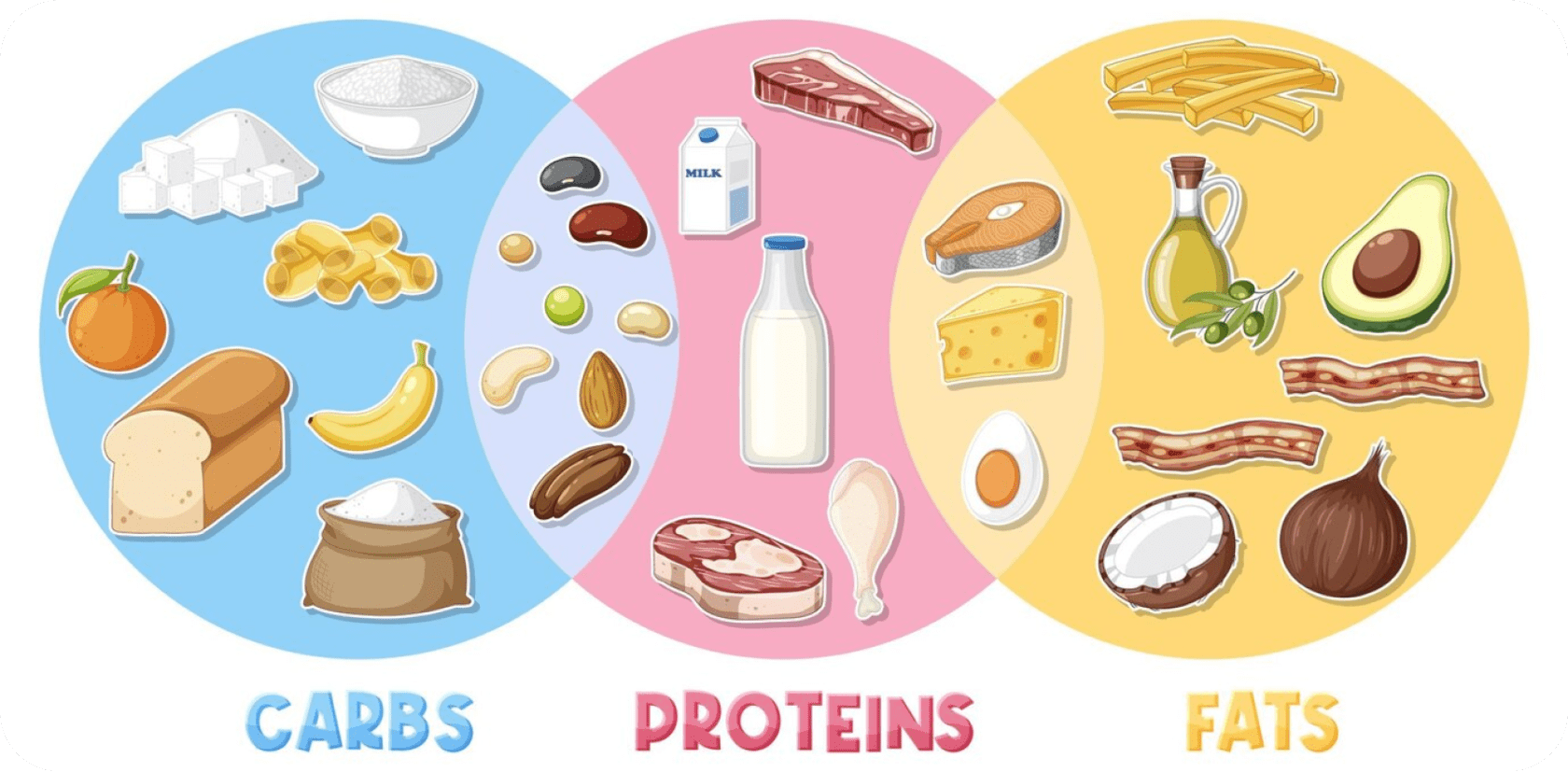
Fueling Strategy: Nutrition During the Triathlon Bike Leg
If there’s one place to dial in your fueling during a triathlon, it’s the bike leg. The bike portion is the optimal time to focus on fueling and nutrition strategies, as it allows you to consume the calories and fluids needed for peak performance. You’ve got the time, your heart rate is usually lower than on the run, and your gut is still in a decent state, which makes it the best window to get all the calories, fluids, and electrolytes in. Miss that window, and you’ll feel it later on the run.
So, how much do you actually need? The common recommendation for endurance athletes is between 30 to 90 grams of carbs per hour, depending on your gut tolerance and experience.
Beginners often start closer to 40–60g/hour, while seasoned racers can push 80–90g/hour, especially if they’ve trained their gut in advance. That can come from a mix of drink mix, gels, chews, or even small solids, but the key is consistency.
The trick is to find a balance between solid food, gels, and liquids without overloading your gut. Too many solids or too much concentrated carb mix can slow down gastric emptying and make you feel bloated or nauseous. Too many gels without enough fluid? Same deal. A good rule of thumb:
- Use sports drinks for a steady drip of carbs, fluids, and electrolytes
- Supplement with gels or chews if you need to replenish your glycogen stores
- Keep solids (like bars) minimal, especially in the heat
Overfueling — trying to cram in more carbs than your gut can handle — usually leads to bloating, cramps, or a sudden gut shutdown. Underelectrolyte, meaning not taking enough sodium with your fluids, can cause cramping, hyponatremia, or that dead-leg feeling late in the race.
The goal is simple: intake as many calories as you need to keep your energy steady, your gut happy, and your hydration on track for the run. And like everything else in triathlon… the right training nutrition takes practice.
Your long rides are the perfect time to test different combinations until you find what works for you. When planning your fueling strategies, consider both the bike and run segments, making use of aid stations and focusing on nutrition and hydration to prevent GI issues and optimize your performance.
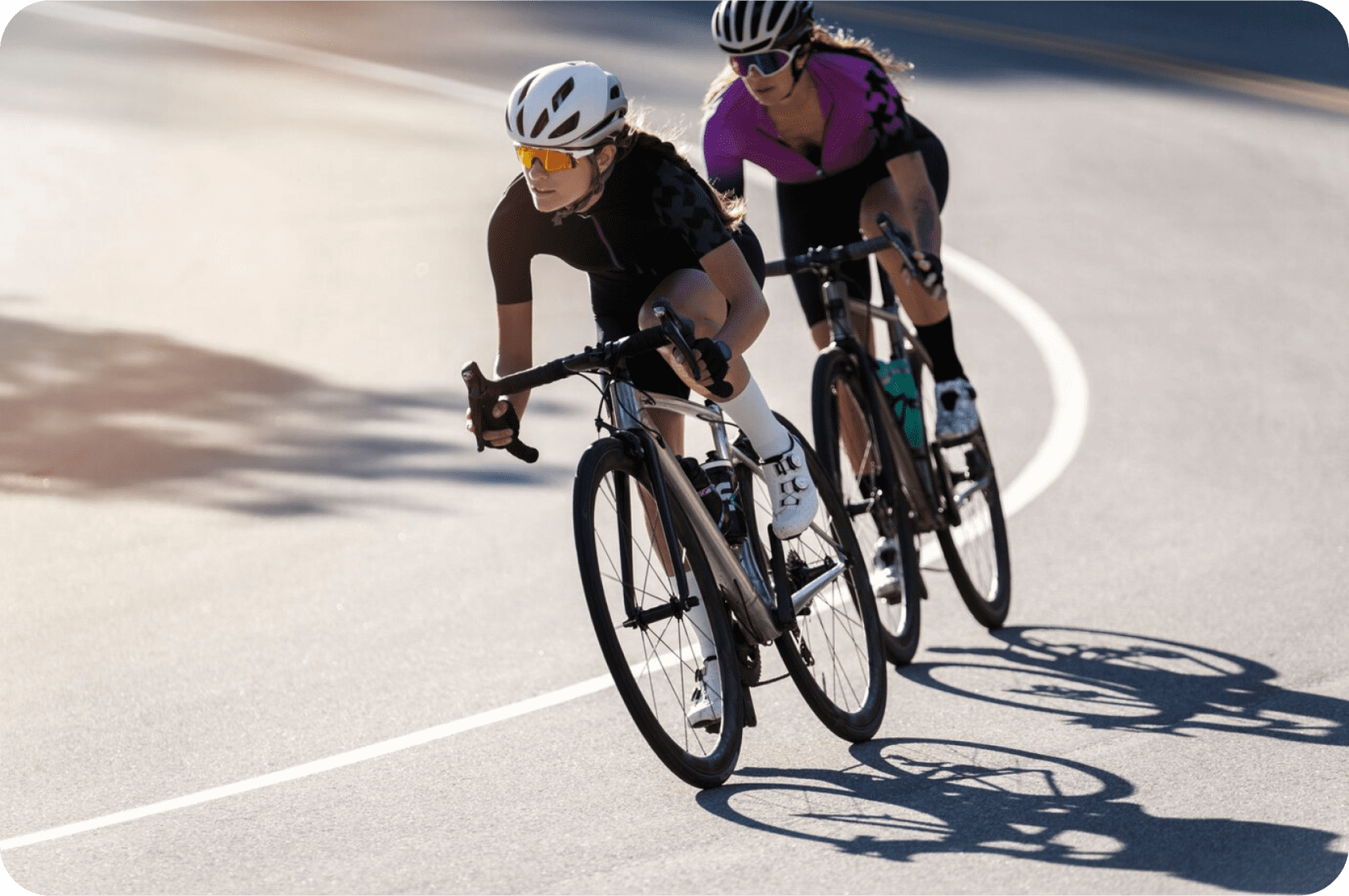
Common GI Issues in Triathlon Race Day Nutrition
If you’ve ever felt that awful mix of bloating, cramps, or the sudden, terrifying urge to sprint to the porta-potty mid-race — welcome to the club. Gastrointestinal issues are one of the most common reasons athletes struggle or DNF in long-distance triathlons. But most of the time, they’re not just bad luck, they’re preventable.
So what actually causes those gut problems? It usually comes down to a few culprits:
- Overloading your gut with carbs or fluids that it can’t process fast enough
- Taking in high concentrations of sugar or sodium all at once
- Racing in the heat, which slows digestion because your body is busy cooling itself down
When your gut gets overwhelmed, digestion slows down or stops. That’s when bloating, cramping, and diarrhea start knocking.
One mistake many athletes make is mixing products without testing them together. For example, you train with your drink mix and gels, then switch to race fluids at aid stations… and suddenly your gut rebels.
Different brands have different carb blends, sugar types, and sodium levels. Mixing them without practice can overload your system, spike osmolarity (that’s the sugar concentration in your gut), and lead to disaster.
So, how do you train your gut for race day performance?
- Practice your race-day nutrition in long rides and brick workouts — same amounts, same timing
- Start with small amounts of carbs per hour and build up gradually
- Don’t consume the same amount of carbohydrates every day. Adjust your intake based on training intensity and race goals
- Test hydration with and without electrolytes in different weather conditions
- Pay attention to how your stomach feels during effort, and don’t ignore early signs of discomfort. For optimal performance, don’t forget the importance of post-race recovery nutrition.
Gut training isn’t glamorous, but it’s as important as your long runs or intervals. The more you teach your stomach to handle your race-day nutrition, the less likely it is to betray you when it matters most.
Hydration and Fueling in Hot Weather: What Changes?
Here are some key adjustments for hydration and nutrition in hot weather. These may be applicable for those shorter Olympic distance races, as well as for Ironman events and training sessions.
1. Fluid Intake
- Increase total volume by 20–30% (e.g., from 24 oz/hr to 28–32 oz/hr on the bike).
- Electrolytes are critical: Aim for 700–1,000mg sodium/hr (vs. 500mg in cooler conditions).
- Pre-cooling: Drink slushies or icy fluids 10–20 mins before the race to lower core temp.
2. Carb Loading Strategy
- Stick to liquid calories if solids feel heavy (e.g., Maurten 320, Gatorade Endurance).
- Lower fiber and healthy fat pre-race to reduce gut stress.
3. Cooling Tactics
- Bike: Freeze half your bottles. They’ll melt as you ride.
- Run: Put ice under your hat, in your sports bra/shorts, or hold it in your hands.
Sweat Rate Testing: Why & How
Step 1: Weigh yourself nude before and after a 1-hour race-pace workout in similar conditions.
Step 2: Calculate sweat loss:
Sweat Rate (oz/hr) = (Pre-weight – Post-weight in lbs) × 16 + Fluid consumed (oz) Example:
- Pre-weight: 150 lbs | Post-weight: 148 lbs | Drank 20 oz
- Sweat rate = (2 lbs × 16) + 20 oz = 52 oz/hr
What it tells you:
- If you lose >2% body weight, you’re dehydrating dangerously.
- Adjust your hourly fluid intake to match ~80% of sweat loss (full replacement is impossible).
Carrying Fluids on the Bike (Realistic Options)
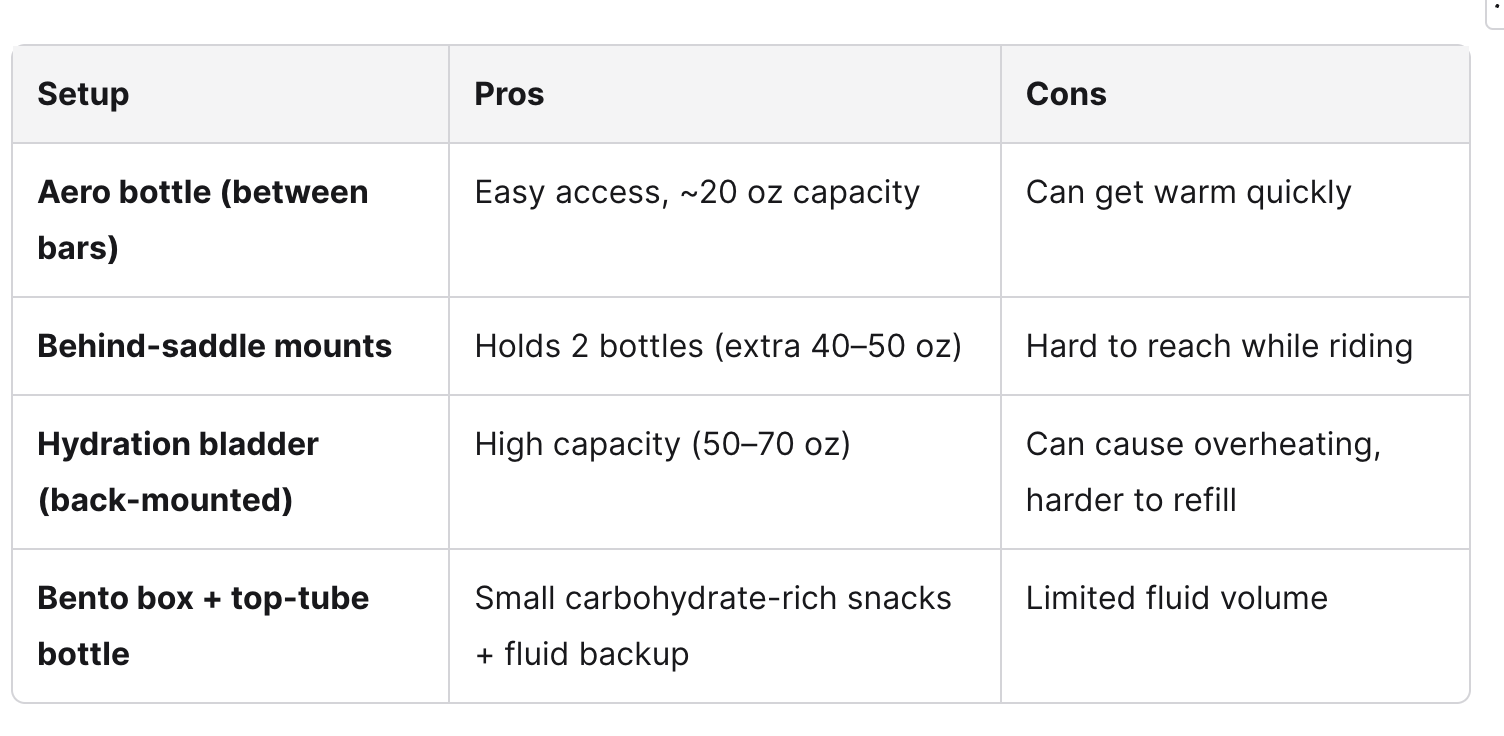
How to Use Aid Stations Effectively
If you are on the bike:
- Grab bottles sideways (less spill risk).
- When approaching aid stations, pick up bottles or supplies smoothly by slowing slightly and aiming for a clean handoff to avoid spills and maintain momentum.
- Pour water on your head/back if overheating.
- If using course drinks, practice with them in training (some cause GI issues).
On the run:
- Walk through stations to ensure you drink fully.
- Sequence for hot races:
- Cup #1: Water (drink half, pour half on head).
- Cup #2: Electrolyte drink (sip slowly).
- Cup #3: Ice (put in hat/bra/shorts).
Wear a visor or hat to make pouring water on your head easier.
Common Mistakes When Creating a Race Morning Nutrition Plan
Even with the best intentions, it’s easy to get your race day nutrition wrong, and it usually comes down to a few rookie mistakes. Let’s break these down.
Having an early dinner the night before your race is crucial to optimize glycogen stores and ensure proper digestion, especially if you focus on a carbohydrate-rich, low-fiber meal.
Switching to on-course nutrition without testing it first
You may think, “It’s just Gatorade, how bad can it be?” Well… pretty bad, if your gut isn’t used to it. The sugars, sodium levels, and even artificial flavors can all hit differently when your heart rate is sky-high.
If you plan to use on-course drinks or gels, make sure you train with them several times before race day.
Underestimating your salt and fluid needs in the heat
That’s another classic mistake. You don’t have to be a heavy sweater to get into trouble here. When it’s hot, your sweat rate goes up, which means your sodium loss does too. If you don’t replace both water and electrolytes, you risk cramps, nausea, and bonking hard on the run.
Carrying way too much or too little nutrition
You see riders with enough bottles for a cross-country tour… or others banking on grabbing a cup here and there at aid stations. The key is balance. Know what you need per hour, know where you can refill, and have a plan that makes sense for both the course and the weather.
Ignoring early signs of GI distress
Finally, the mistake that sneaks up on you mid-race. A little bloating, slight nausea, easy to brush off, right? But that’s usually your gut’s first warning shot. If you keep pushing in fuel or fluid when things start to go wrong, you’re setting yourself up for a disaster later on. Slow down, adjust, and give your body a chance to recover before you’re stuck walking (or worse).
Sample Hydration + Nutrition for a Half Ironman (Heat in Mind)
Here’s a comprehensive race day nutrition strategy for a half-Ironman race with a focus on heat adaptation. Nutrition and hydration strategies should be tailored to your individual needs, as each athlete has unique physiology, preferences, and race conditions.
For some inspiration, check out this Ironman 70.3 race recap, which was a tough one, but a definitely rewarding experience.
Pre-Race Hydration & Fueling (3-4 Hours Before Race)
Hydration:
-
- Drink 16–20 oz (500–600 mL) of water or an electrolyte drink upon waking.
- Sip another 8–10 oz (250–300 mL) 30–60 mins before the swim.
- If very hot/humid: Add extra sodium (500–700mg) to pre-race fluids.
Breakdown:
-
- Pre-race breakfast: Oatmeal + banana + almond butter + salt (~500mg sodium).
- 1 hr before: Energy bar (e.g., CLIF Bar, Maurten Solid) + small coffee (if tolerated).
- 30 mins before: Sports nutrition, like energy gel (with caffeine, if desired) + sip of water.
Bike Leg (Target: 60–90g carbs/hr, 20–28 oz fluids/hr)
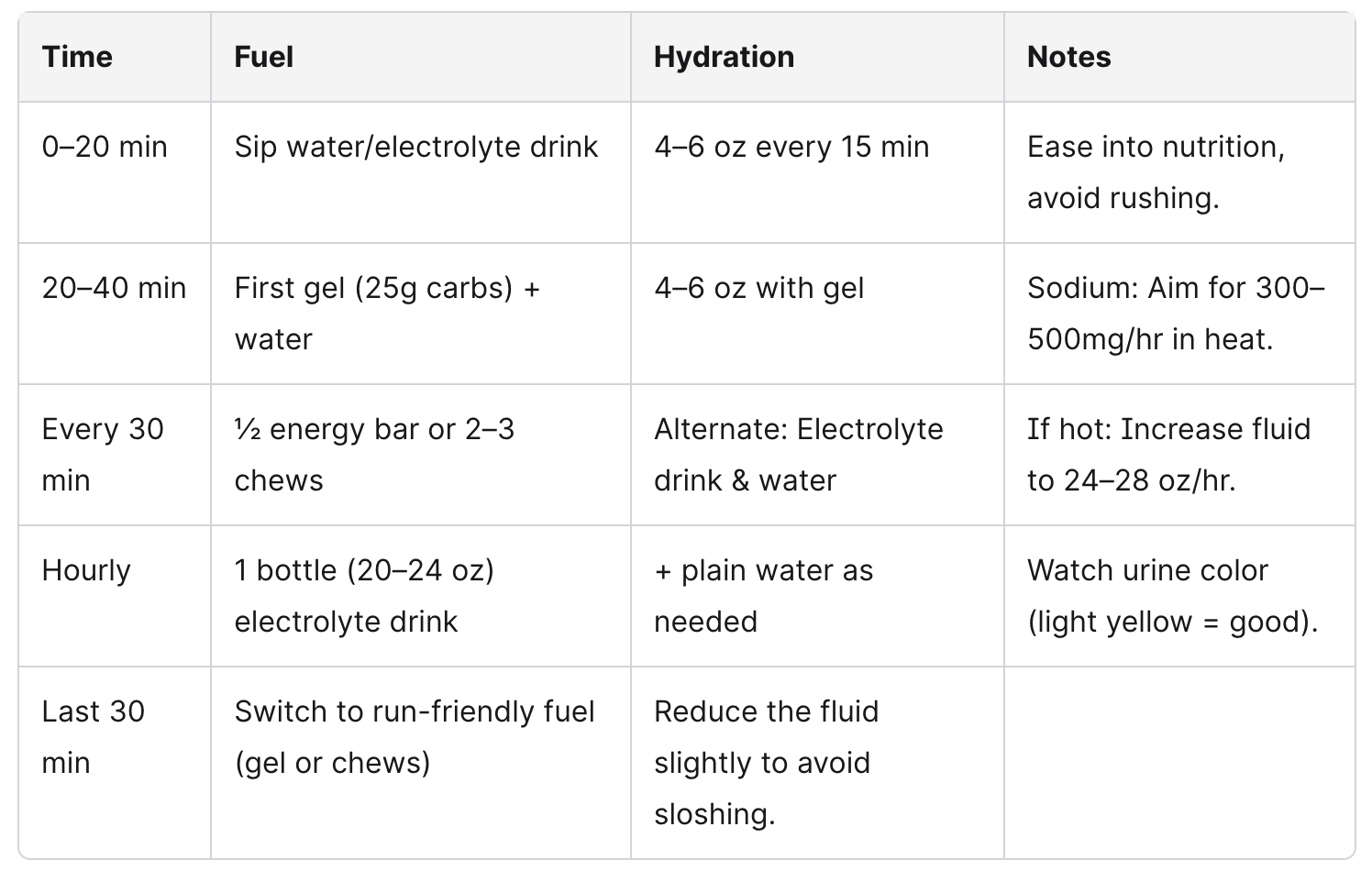
If sweating heavily, consider salt tabs (200–300mg/hour extra). In cases solids cause issues, switch to a carb drink (Maurten, Gatorade Endurance).
If cramping occurs, slow down and take extra electrolytes (such as salt tabs).
Sloshing stomach? Slow intake, switch to smaller, frequent sips. Nausea? Try ginger chews, flat Coke, or a diluted sports drink. No appetite? Rely on liquid carbs only.
Conclusion: Hydration & Nutrition During Long-Distance Triathlon
Nutrition is crucial when preparing for each endurance race, whether it is a Sprint triathlon or a full Ironman. However, during long races, a triathlon nutrition plan is key to enhanced performance.
Consistent training is just a part of success. Race day success is also about a proper nutrition and hydration strategy. You should know how to replenish glycogen stores, hydrate properly, and adapt when conditions get tough. Managing your gut, handling the heat, and staying on top of your nutrition are endurance skills in their own right. And just like endurance workouts, they take practice.
That’s why it’s so important to experiment in nutrition training. Test your fueling strategy on long rides, try hydration plans in different weather, and don’t wait until race day to figure out what works. Your body learns by repetition, and so does your gut.
There’s no perfect formula, but with a smart plan and enough trial and error, you’ll find your way to a stronger, smoother race without ruining your digestive system. If you are looking for the ultimate triathlon training plan, try our triathlon training plan generator.




